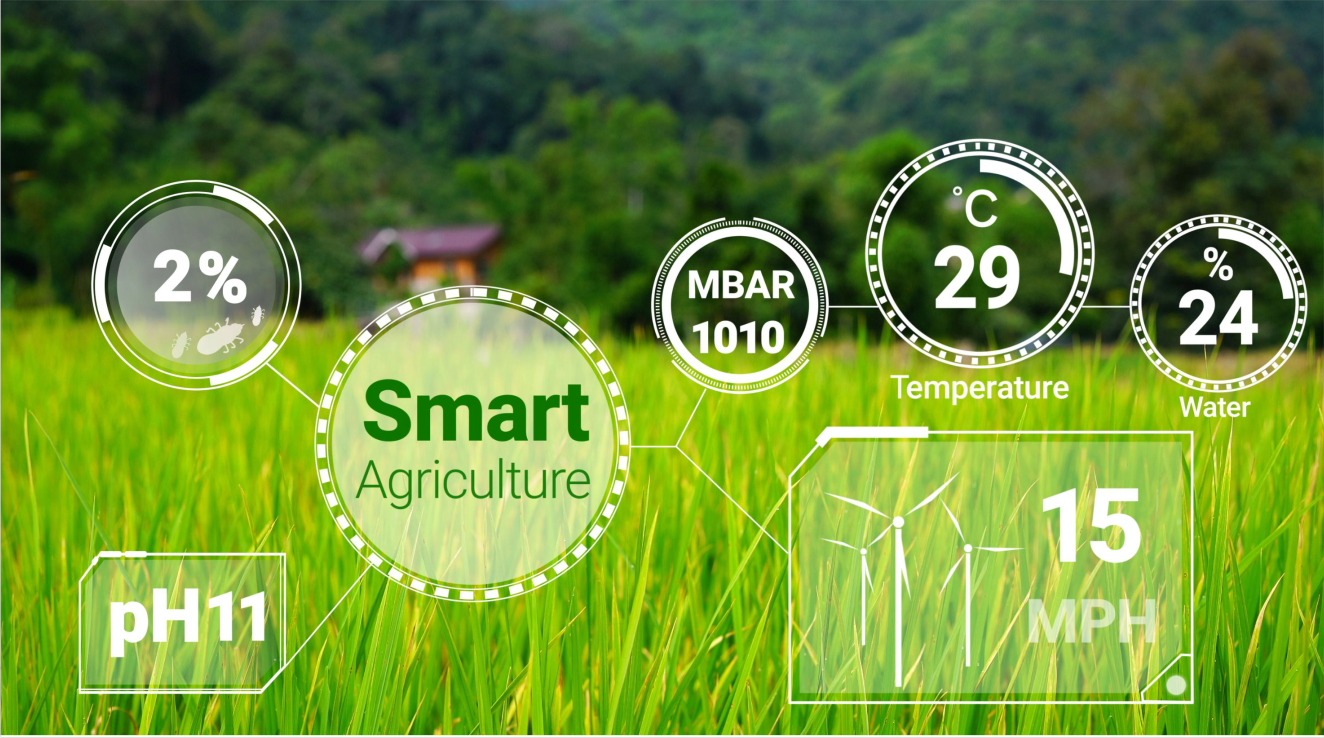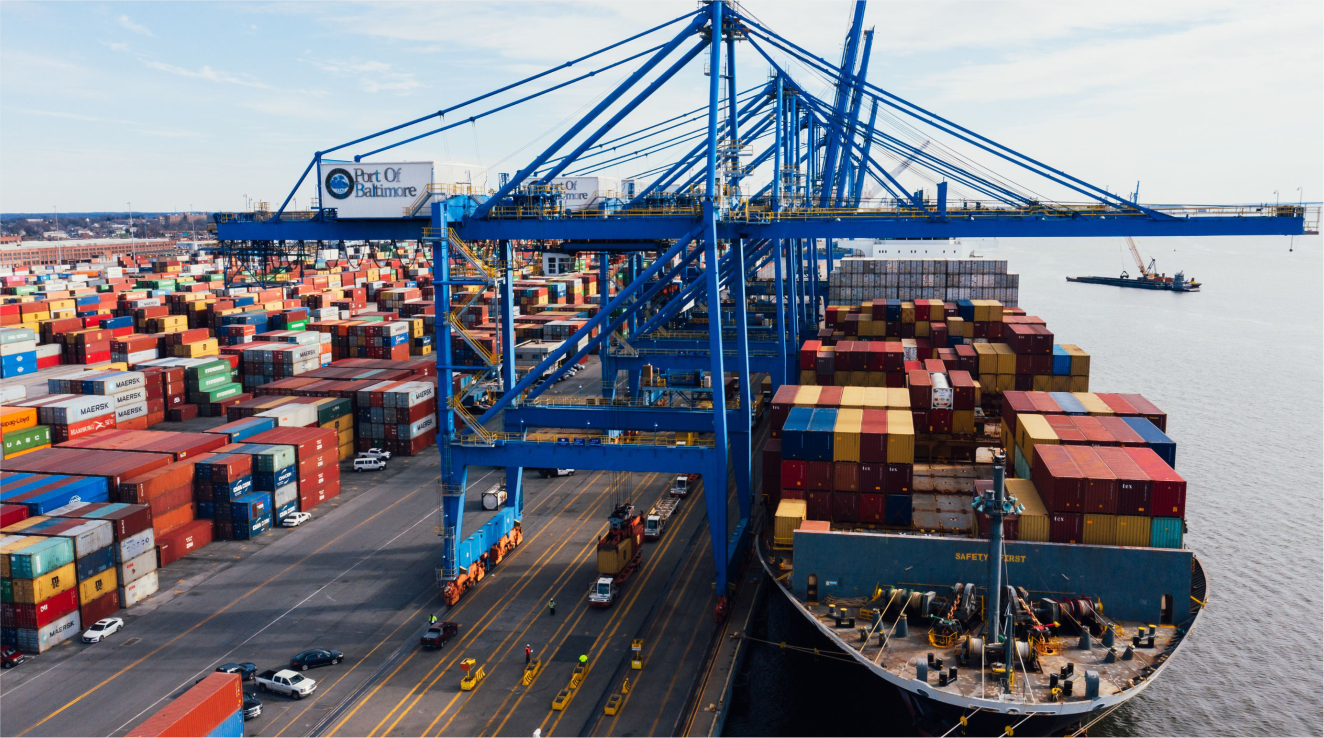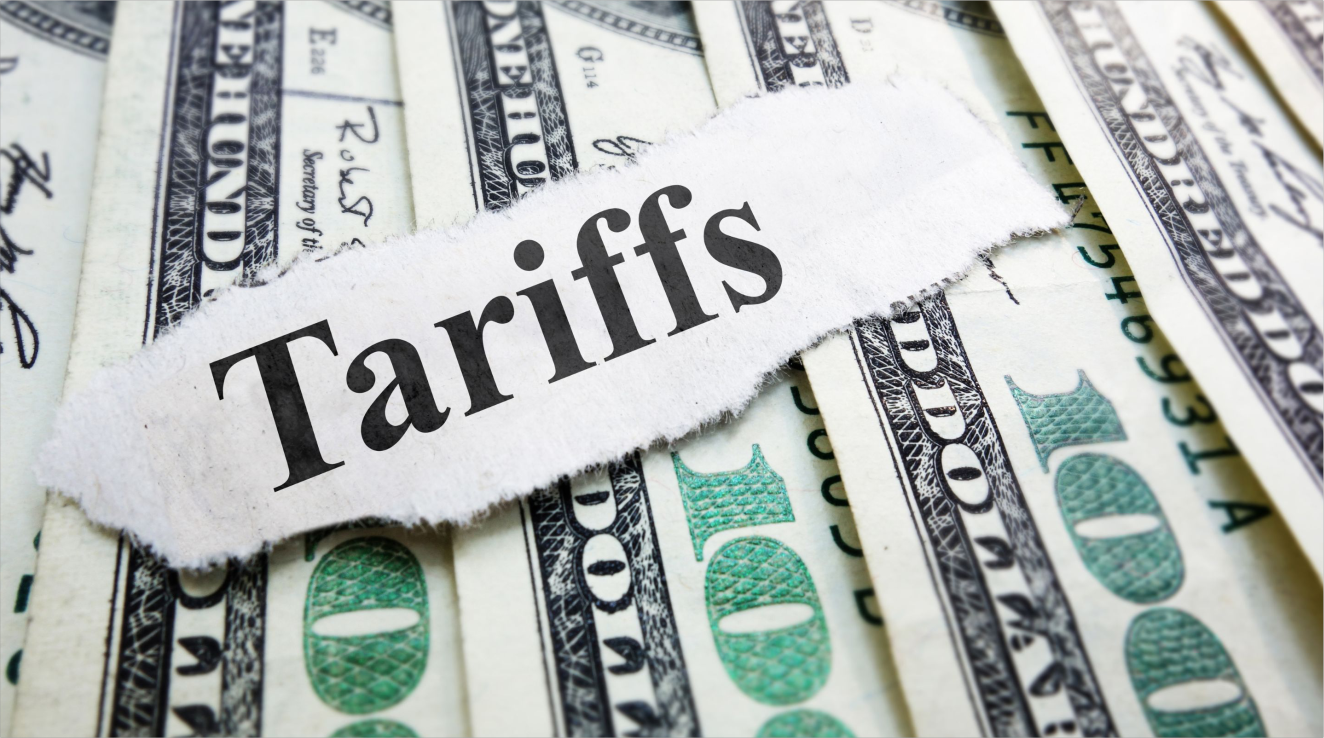India aims to more than double its spice exports from USD 4.4 billion in 2024 to USD 10 billion by 2030 and USD 25 billion by 2047. Currently, the country accounts for 25% of the global spice trade, making it a significant player in the market.
Growth in Spice Exports
As of 2024, India's spice exports stood at USD 4.4 billion, reflecting a 65% increase over the past decade, up from USD 3.4 billion in 2014. Of this, the top five spices- dried chillies, cumin seeds, chilli powder, dried turmeric and chilli extract- accounted for 52% of India’s total spice exports with dried chillies alone contributing 23%.
China has emerged as India's largest export destination, accounting for 18% of total spice exports, followed by the USA, UAE, Bangladesh, and Thailand. Together, these five countries import more than half of India’s total spice shipments.
Challenges and the way forward
Despite its strong global position, India’s spice industry faces several challenges. Limited exportable surplus due to low productivity, concerns over pesticide residues, and difficulties in ensuring traceability and sustainability hinder India's competitiveness in international markets. Moreover, stringent quality regulations in developed markets pose an additional challenge for exporters. Climate change further increases these issues, affecting crop yields and increasing production risks.
To achieve its ambitious export targets, India must adopt climate-smart agricultural practices that enhance productivity and resilience. This includes promoting drought-resistant crop varieties, integrating modern technologies such as IoT, blockchain, and robotics, and ensuring better traceability and transparency in spice production. Strengthening the domestic regulatory framework to align with international food safety standards is also critical. Greater investment in R&D for seed improvement, pesticide reduction, and sustainable farming techniques can also support long-term growth.
Beyond raw spice exports, India must focus on value-added products such as blended seasonings, spice extracts, and nutraceuticals to enhance global competitiveness. The global seasonings market presents an untapped opportunity for India. Despite being a leading spice producer, India holds just 0.7% of the global seasonings trade, compared to China (12%) and the U.S. (11%). China's seasoning exports alone are valued at USD 2 billion—nearly half of India’s total spice exports.
The government can enhance policy support in the nutraceuticals segment, which can drive high-value exports. Liberalizing import policies for critical raw materials—needed for processing and re-export—can further enhance competitiveness.
With strategic investments in technology, sustainability, and value addition, India is well-positioned to achieve its ambitious USD 10 billion spice export target by 2030 and further expand its footprint in the global market.













